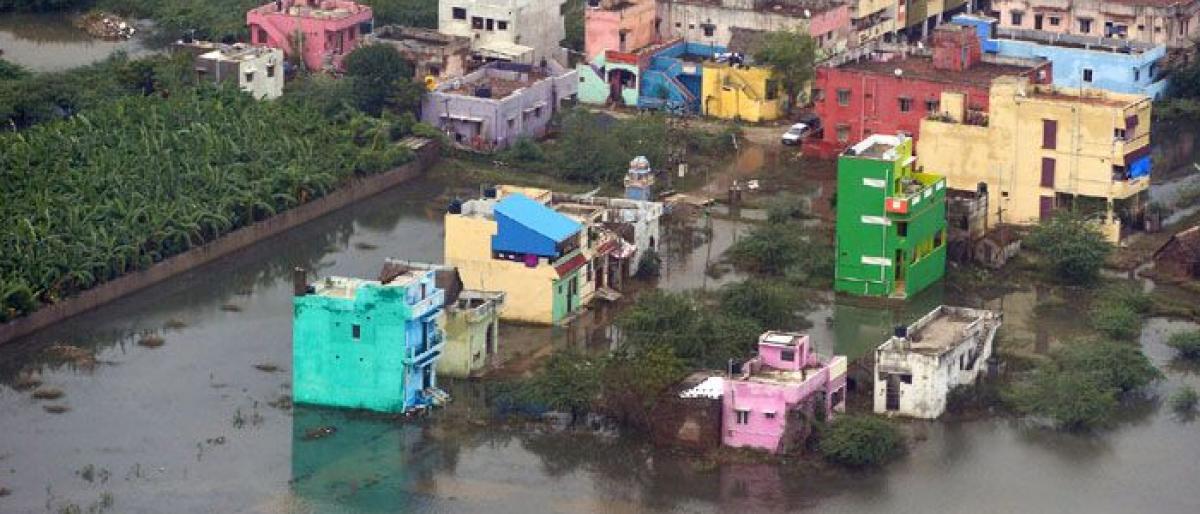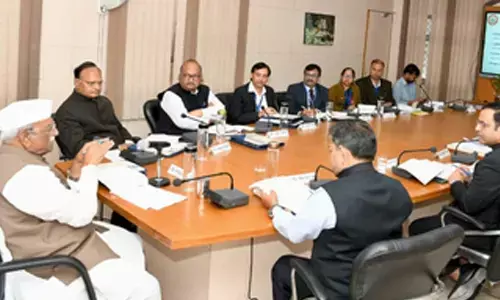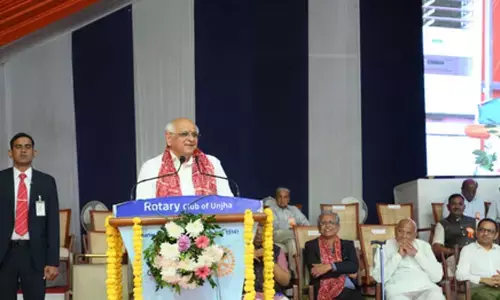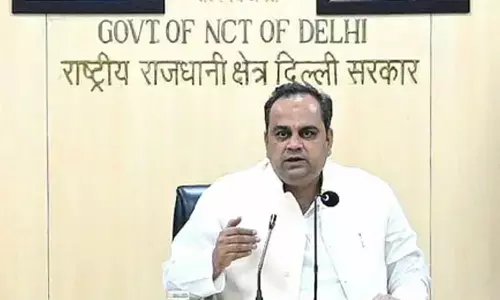Communities gear up to fight floods

Vulnerable communities in four South Asian countries across the Hindu Kush Himalaya HKH region are hopeful and confident of fighting floods this monsoon, thanks to communitybased flood early warning systems CBFEWS
Patna: Vulnerable communities in four South Asian countries across the Hindu Kush Himalaya (HKH) region are hopeful and confident of fighting floods this monsoon, thanks to community-based flood early warning systems (CBFEWS).
They have joined hands with an international organisation that set up CBFEWS in flood-prone Assam and Bihar in India, Mahotrati in Nepal, Baghlan in Afghanistan and Gilgit-Baltistan in Pakistan.
CBFEWS is part of an international drive to boost resilience and adaptation to climate change. It aims to save lives and support sustainable development by enabling the most vulnerable to benefit from effective early warning systems ahead of floods and flash floods. This is seen as a powerful and effective tool to reduce risks and to enhance the resilience of vulnerable communities.
At the onset of the monsoon this year, funds were raised to repair a community-based flood early warning system that had been damaged along the Ratu River near the Nepal-India border. The funds were raised by Yuganter, a local NGO, and community representatives led by the Mukhiya (village head) of Shrikhandi, Purnima Mishra. "We have come together as a community to take ahead an initiative to alert and warn us before flash floods," Purnima told IANS on the telephone.
The system was repaired by Kathmandu-based International Centre for Integrated Mountain Development (ICIMOD) and Sustainable Eco Engineering (SEE), in partnership with Yuganter.
"CBFEWS provides that extra time to the communities, which helps them prepare to save their lives and livelihoods. Timely preparedness is the key for a successful CBFEWS," Neera Shrestha Pradhan of the ICIMOD told IANS.
She said communities are the first to both bear the brunt and respond to floods and flash floods. "However, we have rarely been able to provide early warning messages on time to the people who are most vulnerable."
Pradhan, a water and adaptation specialist, explained how the system works. Its mechanics begin with a sensor rod that is calibrated in consultation with the local communities to the specific conditions of the landscape and river and installed in an upstream section of a flood-prone river.
When water levels begin to rise during the monsoon, the sensor sends a message in the form of a light and a loud buzzing noise to a receiver located at the nearby house of a resident who has volunteered to be the system's local caretaker.
"When the water is rising to dangerous levels, the caretaker calls or sends a text message to the numbers on a contact list of individuals downstream as well as the adjacent community and government institutions to inform them of the potential flood," said Pradhan.
A CBFEWS provides at least four hours of lead time for vulnerable communities to respond to approaching floods. The systems, which rely on technology and human operators, have saved lives and property and established goodwill between upstream and downstream communities otherwise unknown to each other.
During the 2017 monsoon floods, CBFEWS helped save 17 children along the Koshi River, in Nepal and India. ICIMOD provided flood monitoring devices and established CBFEWS with its partners. It will establish another CBFEWS in the Kabul river basin in Afghanistan and provide technical support to Oxfam Nepal to establish a CBFEWS in the Mahakali River basin of Nepal
Till date ICIMOD, partners, and local governments have come together to save lives from flash floods by installing 11 such community-based flood early warning systems in nine tributaries of the Bramhaputra, Indus and Koshi rivers in Afghanistan, India, Nepal and Pakistan. With climate change a reality now and the HKH region witnessing an increase in disaster-like extreme weather such as floods and flash floods, a community-based flood early warning system is the cheapest and easy way to adapt to the change.

















